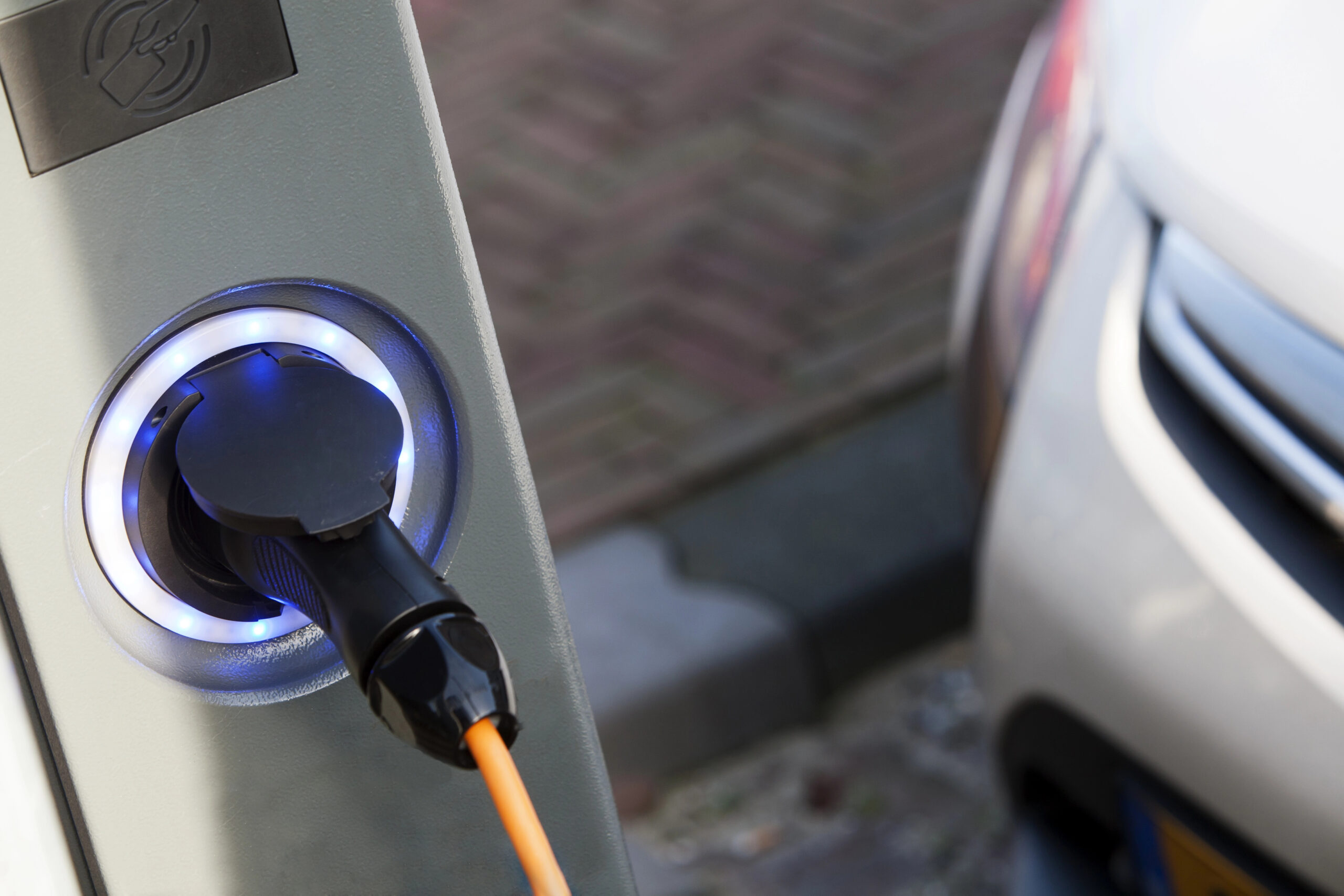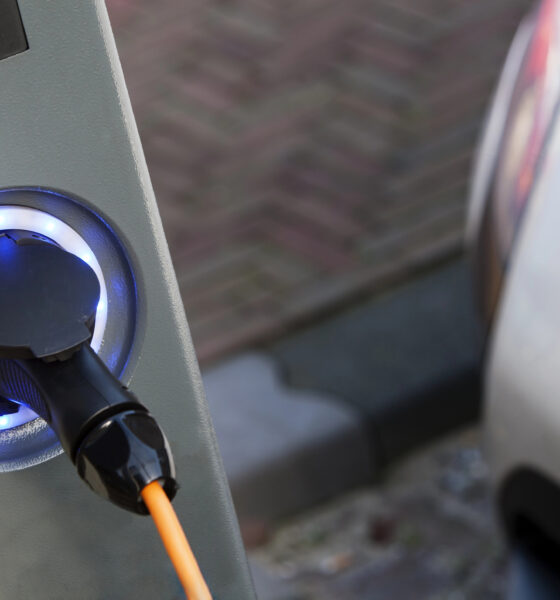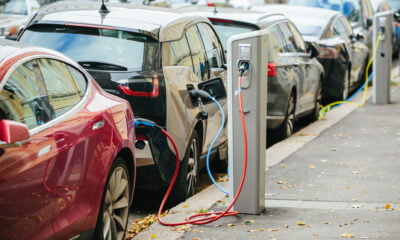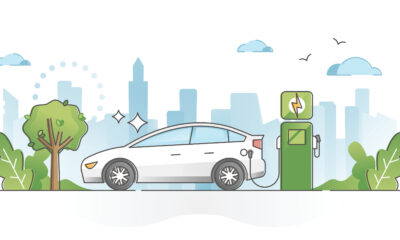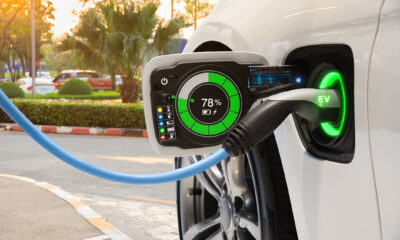There are currently 3.3 million electric vehicles in the United States. While there are a lot of benefits of electric cars, they have a couple of downsides. One issue is that it is hard to charge them.
Electric vehicle (EV) charging is, at first glance, about plugging in and powering up. But if you scratch beneath the surface, it quickly becomes apparent there’s a lot more going on. In fact, the commercial EV charging business is a sophisticated ecosystem where technology, customer service, and sustainability all play major roles.
For any business looking to succeed in this field, simply supplying electricity won’t be enough. So, what exactly does it take? Let’s take a closer look at the broader aspects of the EV charging industry and how these elements make it much more than just a power plug for vehicles. Solving this challenge helps make electric vehicles worth it.
Laying the Foundations: Essential Infrastructure for EV Charging
The backbone of any EV charging setup is its infrastructure, but it’s far from straightforward. Unlike petrol stations, where infrastructure is largely established, EV charging networks require a new approach. Businesses need to think about location, electricity supply, and resilience to high demand. It’s not just about finding a spot and setting up; there’s a whole strategy involved.
Choosing the Right Location
Location is everything. Charging stations should be placed where they’re easily accessible, safe, and ideally in spots where EV drivers want or need to be—like shopping centres, motorway service areas, or near urban centres. Convenience is key; it’s no good if a driver has to travel miles out of their way just to find a charge.
Ensuring Reliable Power
Beyond location, power reliability is crucial. A charging station that doesn’t have the capacity to support multiple vehicles, or suffers from regular outages, will quickly lose customers. Investing in battery backups and working with utility companies to stabilize the grid connection can make all the difference.
Crafting a Customer Experience That Stands Out
Customer experience may not be the first thing that comes to mind when you think about EV charging, but it’s one of the biggest differentiators in a growing and competitive market. Providing a simple, stress-free experience goes a long way.
User-Friendly Access and Payments
Imagine a driver pulls up to your charging station and finds it hard to navigate the app or has limited payment options. Frustrating, right? Offering easy-to-use apps, multiple payment methods, and contactless options makes it simple for customers to get what they need, fast.
Charging Speed and Waiting Time
Speed matters. If a station offers high-speed charging, drivers can be back on the road in minutes rather than hours. This can be especially useful in high-traffic areas where people are in a hurry. For those in urban areas, quick-charging is a strong selling point, allowing businesses to attract and retain more customers.
Enhancing the Environment
Providing creature comforts can make a big difference. By offering amenities such as free Wi-Fi, a coffee shop nearby, or seating areas, customers can make the most of their time spent waiting. This approach doesn’t just improve their experience; it can create brand loyalty and even increase footfall for nearby businesses.
Smart Technology: The Brains Behind EV Charging
The role of technology in EV charging goes well beyond cables and chargers. Advanced tech allows businesses to manage energy better, understand customer behavior, and even control costs.
Dynamic Energy Management with Smart Charging
Smart charging technology enables stations to adapt power output based on grid demand. Not only does this help avoid overloading local networks, but it can also save costs during peak times. Some smart systems can even offer lower prices for charging at off-peak hours, making the service more appealing to budget-conscious EV owners.
Using Data for Better Planning
Charging station operators collect data on everything from peak usage times to preferred payment methods, and this data can reveal trends and improve service. Imagine knowing exactly when to schedule maintenance or which locations need additional chargers. Data-driven insights make operations smoother, reduce downtime, and keep customers happy.
Real-Time Connectivity for Seamless Service
Connectivity doesn’t just refer to Wi-Fi; it’s about providing real-time updates on charger availability, wait times, and even nearby amenities. By helping customers plan their charging stops, businesses create a more enjoyable experience and reduce frustration when stations are busy.
Committing to Sustainability: A Greener Future for EV Charging
Sustainability is a priority for both EV drivers and the businesses supporting them. There’s a strong case for EV charging networks to go beyond just being environmentally friendly. With a bit of innovation, they can actually become an active part of the solution.
Integrating Renewable Energy
Many EV stations are starting to integrate solar or wind power to generate electricity on-site, reducing their reliance on the grid and shrinking their carbon footprint. This is not only beneficial for the environment but also aligns with the values of eco-conscious customers who often drive EVs for their reduced environmental impact.
Energy Storage Solutions for Efficiency
Battery storage systems can help businesses balance power, capturing energy when the sun’s shining or the wind’s blowing and storing it for later use. By doing this, stations can be less dependent on the grid during peak times and more resilient overall.
Carbon Offsetting Initiatives
For companies looking to go even greener, carbon offsetting is a practical addition. They can offset emissions produced during the construction or daily operations of their charging stations by investing in environmental projects, creating a positive brand image that resonates with green-minded customers. MIT Technology Review has some information on this.
Navigating Regulations and Compliance
The EV charging industry operates in a complex regulatory environment. Compliance isn’t optional; it’s essential for staying in business and staying ahead.
Adhering to Local Standards and Incentives
Depending on the region, different safety, accessibility, and privacy standards apply. Businesses must stay informed on these regulations and adhere to them to avoid fines or other penalties. Governments often offer tax incentives, grants, or rebates for green initiatives, so understanding these can help reduce costs.
Interoperability Across Networks
Interoperability standards are vital, allowing users to switch between networks or use different providers with a single account. By making charging seamless, businesses enhance convenience and can potentially capture a larger market share.
Considering the Economics: Profitability Beyond Power Supply
Starting an EV charging business requires investment, and understanding the economics of it all is essential for long-term success. Businesses need a profitable model that provides customers with the services they want.
Understanding Initial Costs and Ongoing Expenses
From installing chargers to maintaining them, the costs can add up quickly. Businesses should factor in potential repair, software upgrades, and electricity costs when creating a pricing strategy.
Exploring Revenue Models
Some businesses charge per use, while others might adopt a subscription model or even bundle charging with other services like parking or car washing. A successful model balances profitability with customer affordability, building loyalty while ensuring costs are covered.
Overcoming Key Challenges
As with any industry, EV charging has its share of challenges, but forward-thinking solutions can help businesses stay competitive.
Managing Grid Capacity
With a growing number of EVs on the road, local grids can face strain. Using energy management technology and partnering with utility providers to monitor demand can help maintain service levels during peak usage times.
Cybersecurity Concerns
Cybersecurity is essential in an industry dealing with payment information and personal data. Regularly updating software and adhering to security best practices protects customers and builds trust.
What’s Next? Emerging Trends and Innovations in EV Charging
Looking ahead, there are some fascinating developments on the horizon that promise to change the EV charging game.
Wireless and Inductive Charging
Imagine just parking over a pad, and your vehicle begins charging—no plugging in required. Inductive charging may sound futuristic, but it’s being tested and may become standard in years to come.
Vehicle-to-Grid (V2G) Technology
V2G allows EVs to return energy to the grid during peak hours, balancing demand and potentially earning drivers a bit of cash. Charging stations that support this technology will be at the forefront of a more connected and efficient energy grid.
Ultra-Fast Charging
Ultra-fast chargers capable of providing a full charge in just 20 minutes or less are currently being developed. This technology could help close the gap between the charging time for EVs and refuelling times for petrol vehicles.
Conclusion: Moving Beyond the Plug
The EV charging business is about so much more than just electricity. A successful EV charging provider isn’t only supplying power but also creating an experience, leveraging technology, and contributing to a sustainable future. As the EV market grows, businesses that invest in infrastructure, focus on customer experience, and embrace new technology will lead the way. By looking at the bigger picture, these companies aren’t just part of a growing industry—they’re helping shape the future of transportation.


 Environment10 months ago
Environment10 months agoAre Polymer Banknotes: an Eco-Friendly Trend or a Groundswell?

 Environment11 months ago
Environment11 months agoEco-Friendly Home Improvements: Top 7 Upgrades for 2025

 Features9 months ago
Features9 months agoEco-Friendly Cryptocurrencies: Sustainable Investment Choices

 Features10 months ago
Features10 months agoEco-Friendly Crypto Traders Must Find the Right Exchange
